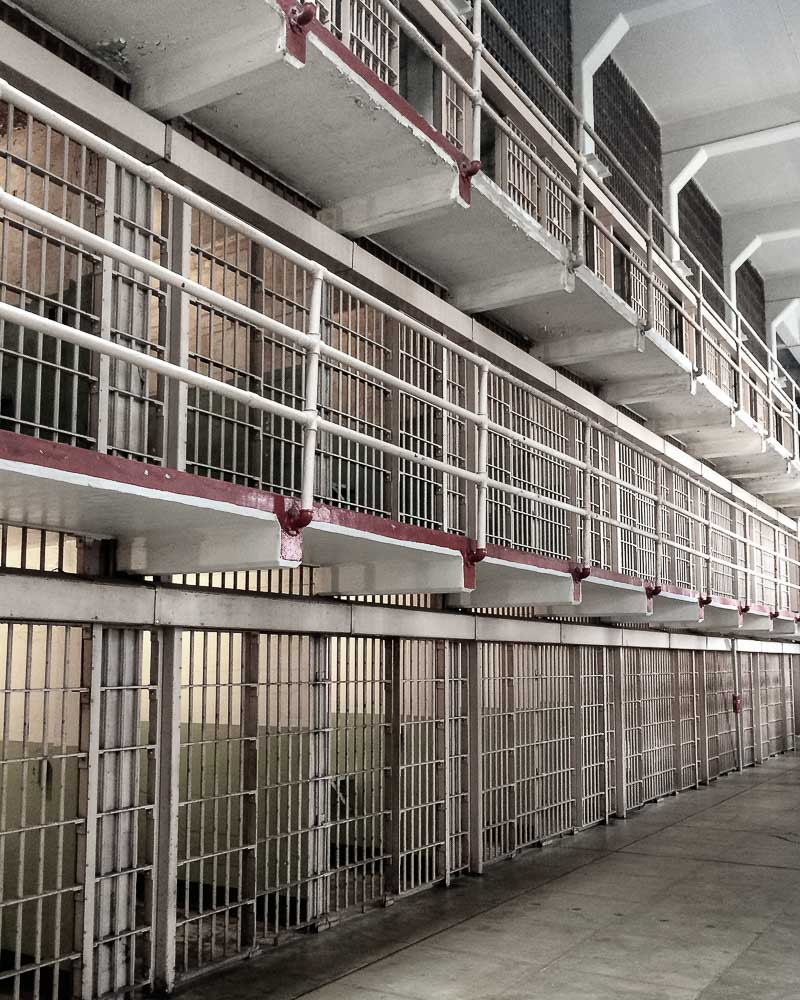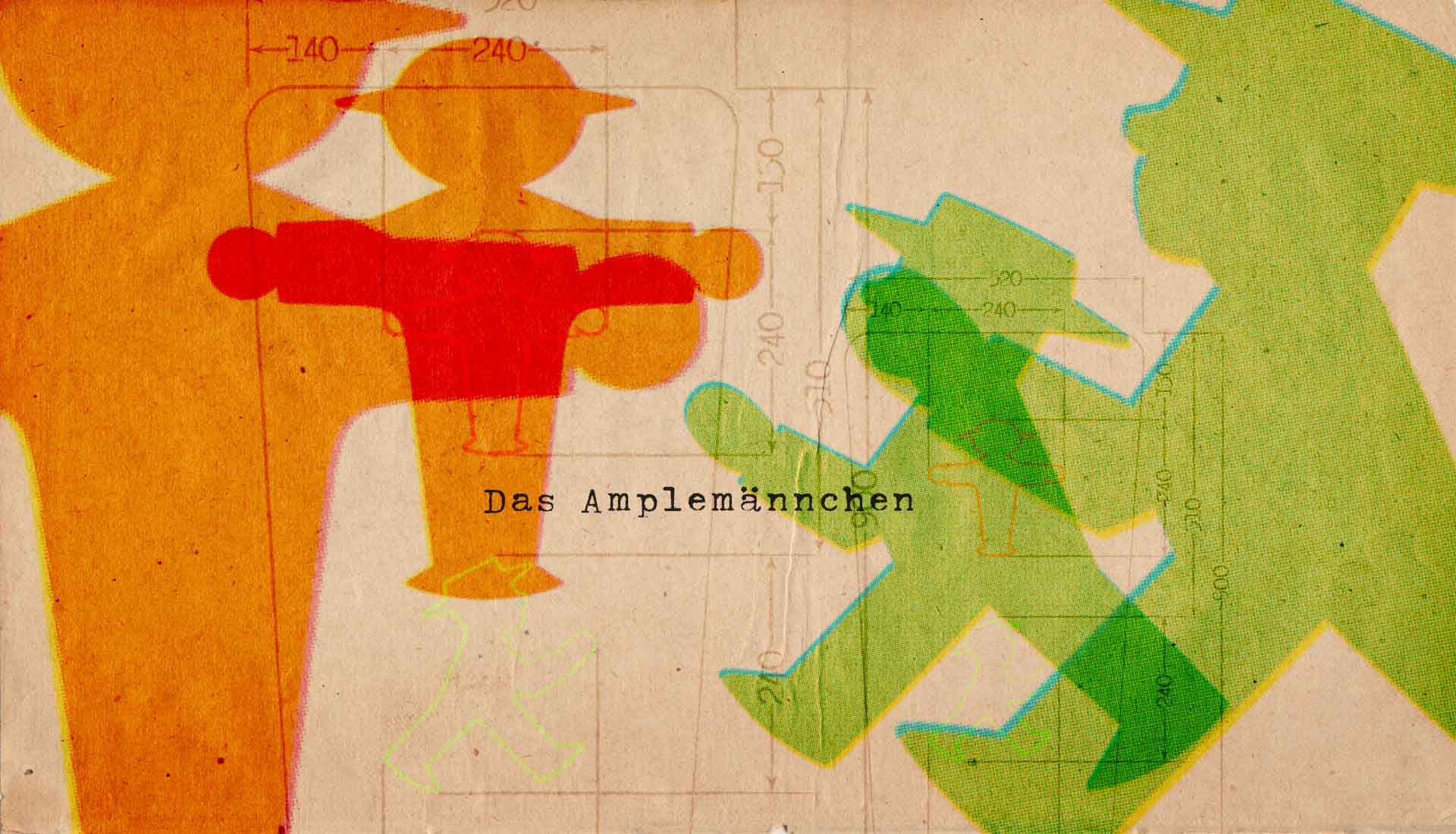A-Block: Sunrise Alley
o named because the sun will shine through the windows in the morning. No inmates were ever permanently housed in the A-Block so it was never modernized and retained its easily escapable flat strap-iron bars, key locks and spiral staircases from the original military prison.
In the later years, A-Block was mainly used for storage. A law library was set up at some point, where inmates could type legal documents. A small barber’s shop was located at the end of A-block where inmates would have a monthly haircut.
B-Block: Michigan Ave
Most new inmates at Alcatraz were assigned to the second tier of B-Block. They had “quarantine status” for their first three months in confinement in Alcatraz and were not permitted visitors for a minimum of 90 days.
Generally, inmates were permitted one visitor a month and letters received by inmates were checked by prison staff first to see if they could decipher any secret messages.

D-Block: Sunset Strip
D-Block gained notoriety as a “Treatment block” for some of the worst inmates, with varying degrees of punishment, including Isolation, Solitary and Strip. Prisoners usually spent anywhere from 3 to 19 days in Solitary. Prisoners held here would be given their meals in their cells, were not permitted to work, and could only shower twice a week. The Birdman of Alcatraz inhabited cell 42 in D-Block in solitary confinement for 6 years.
The cells in segregation were more spacious but still the least popular – inmates were confined to their cells 24-hours per days with the exception of a weekly visit to the recreation yard. One thing about this block that was appreciated was the afternoon sun that was captured streaming in from a row of windows along the outer wall.
The Hole
The worst cells for confinement as a punishment for inmates who stepped out of line were located at the end of D-Block in cells 9–14, known as “The Hole.” Inmates held in the hole were limited to just one 10-minute shower and an hour of exercise in the yard a week.
The five cells of “The Hole” had nothing but a sink and toilet and the very worst cell was nicknamed “The Oriental” or “Strip Cell,” the final cell of the block with nothing but a hole in the floor as a toilet, in which prisoners would often be confined naked with nothing else for two days. The guards controlled the flushing of the toilet in that cell.
“Its size was approximately that of a regular cell-9 feet by 5 feet by about 7 feet high. I could just touch the ceiling by stretching out my arm … You are stripped nude and pushed into the cell. Guards take your clothes and go over them minutely for what few grains of tobacco may have fallen into the cuffs or pockets. There is no soap. No tobacco. No toothbrush, The smell – well you can describe it only by the word ‘stink.’ It is like stepping into a sewer. It is nauseating. After they have searched your clothing, they throw it at you. For bedding, you get two blankets, around 5 in the evening. You have no shoes, no bed, no mattress-nothing but the four damp walls and two blankets. The walls are painted black. Once a day I got three slices of bread—no—that is an error. Some days I got four slices. I got one meal in five days, and nothing but bread in between. In the entire thirteen days I was there, I got two meals … I have seen but one man get a bath in solitary confinement, in all the time that I have been there. That man had a bucket of cold water thrown over him.”
–Henri Young
One of the stories told about “Sunset Strip” is the ability to hear the sounds of the city a mere 1.5 miles (2.4 km) away. Especially on New Years Eve… the party goers raucous in their merriment. It must have been so difficult to know that the freedom of San Francisco was so tantalizingly close…surely, one could easily swim the distance.
Looking through the window out of D-Block one can certainly see this is true.

Alcatraz was never no good for nobody...
The last of Alcatraz’ inmates marched out of the prison in March 1963 when it was decided that the prison had succumbed to the wind and harsh sea air and was beyond (economical) repair. Much like them, I have spent some of my life on Alcatraz and it is time for me to go…but unlike them, I am walking down the hill to the ferry and back to freedom.











